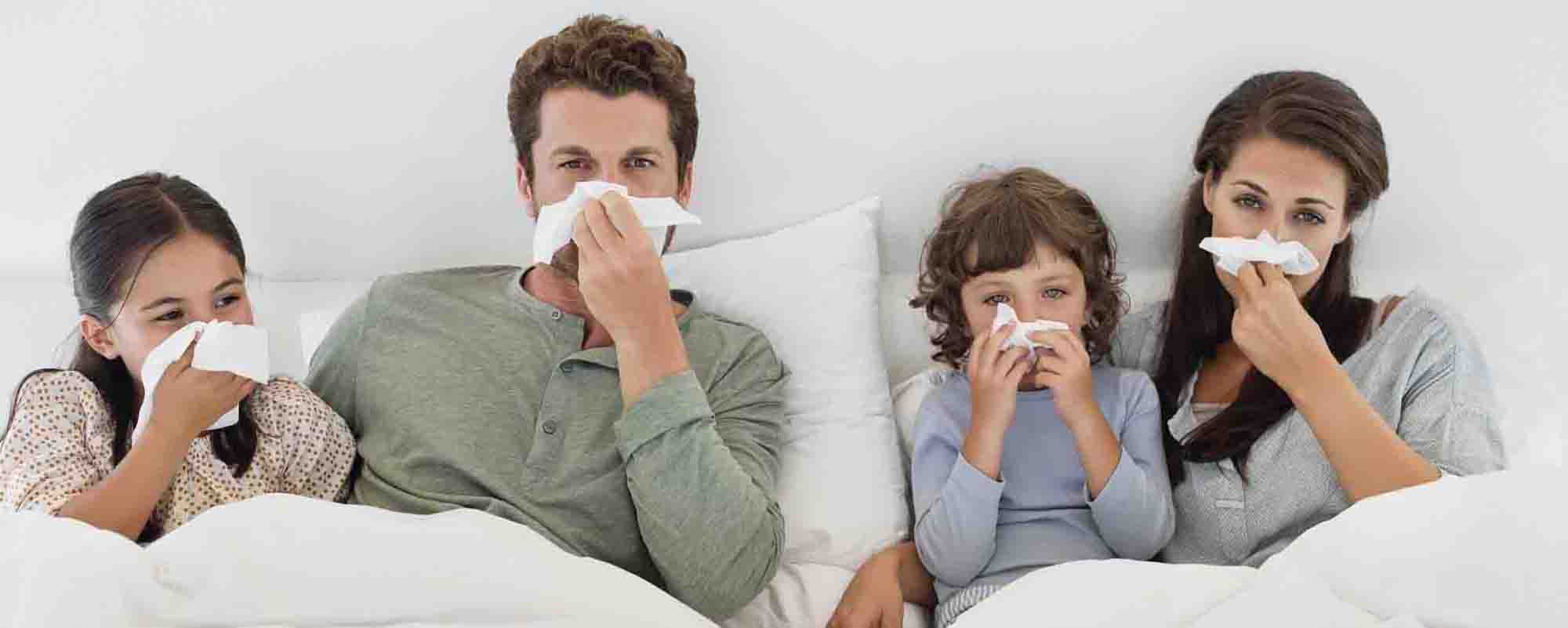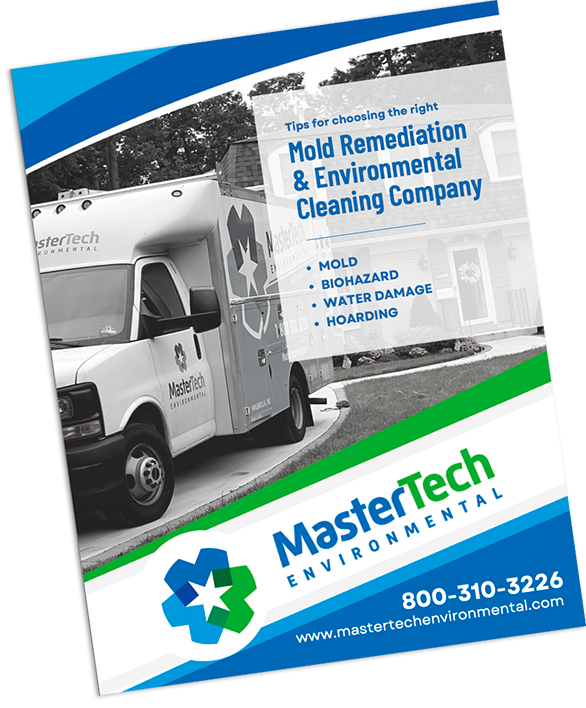 Indoor Allergens Causing Irritation?
Indoor Allergens Causing Irritation?
Due to the rise of COVID-19 this year, we’ve all been staying home a whole lot more. This means that indoor allergens within the home have more potential to cause irritation in those with sensitivities. You want your home to be safe, clean and comfortable, especially in times like these. Eliminating allergens within the home can seem like a daunting task, but a few adjustments here and there should do the trick.
Going About Eliminating Indoor Allergens
When it comes to eliminating allergens in your home, multiple factors come into play. It is not as simple as a quick dusting around the house, although that could help. Here are some common indoor allergens to look out for, and how to reduce them within your home.
Dust: Dust is an amalgamation of dirt, dead skin cells, pollen, and many other microscopic particles that you do not want to inhale. Simply wiping it away can generally get rid of this issue, so long as it is done regularly. However, be aware that this can also agitate the particles, causing them to become airborne.
Pollen: This indoor allergen is present year round, and can be found in almost any environment in North America. The turn of the season is when pollen tends to be most prevalent, and that’s just about where we are right now here in South Jersey. Pollen reduction can be a difficult thing to tackle. It enters the home through the outdoors, so even an open window can let pollen in. Microscopic pollen particles float through the air, causing irritation and allergic reactions in those with sensitivities to it. Much like dust, regularly cleaning and vacuuming the home can help to reduce pollen within the home.
Smoke: While it is uncommon these days for cigarette smokers to smoke indoors, there are still some who choose to do so.  Cigarette smoke causes damage to your home physically, causing discoloration and buildup on surfaces. Not only that, it is also a huge indoor allergen. The toxic smoke particles stick to everything, including walls, furniture, and even your hair, skin and clothes. Eliminating indoor allergens caused by smoking is quite simple. Smoking outside makes a huge difference because while the particles still stick to your person, they are greatly reduced within the home. Ensure that you are washing your clothes prior to smoking in order to reduce indoor allergens as much as possible.
Cigarette smoke causes damage to your home physically, causing discoloration and buildup on surfaces. Not only that, it is also a huge indoor allergen. The toxic smoke particles stick to everything, including walls, furniture, and even your hair, skin and clothes. Eliminating indoor allergens caused by smoking is quite simple. Smoking outside makes a huge difference because while the particles still stick to your person, they are greatly reduced within the home. Ensure that you are washing your clothes prior to smoking in order to reduce indoor allergens as much as possible.
Pet Dander: If you have pets, it is completely normal that dander is found in your home. Much like humans, pets tend to bring all types of indoor allergens into the home. Again, regularly vacuuming and dusting will go a long way in eliminating pet dander and shedding within the home. Regularly grooming your pets doesn’t hurt either, of course.
Mold: Elevated indoor mold presence can be a major factor if you are experiencing allergies inside your home. Unlike other indoor allergens, mold can be a little more tricky to get rid of. Similarly to pollen, mold is an organic substance that is always present outdoors. However, it becomes an issue when there are elevated levels of mold in an indoor environment. Mold can develop in as little as 24 to 48 hours, and requires professional mold remediation to remove it from the home. Schedule a mold inspection if you suspect that mold is contributing to allergens within your home. Reducing the potential for mold development before it happens is the ideal way to go if possible. Ensuring that your home’s humidity levels stay between 35% and 50% is a great place to start. Mold thrives on excess moisture, so eliminate this as much as possible.
Reducing Indoor Allergens In Your Home
 Aside from regularly cleaning, dusting, and vacuuming the home, there are a few other things you can do to reduce allergens within your home. Ensure that you are regularly changing the filters out of your home’s HVAC system. A fresh filter helps reduce indoor allergens by collecting dust, pollen, dander, and other potential pollutants. You can also employ the use of an air purifier if you want some extra security. You should also regularly inspect your home for signs of mold and water damage, or anything else that could be contributing to indoor allergen production. Eliminating indoor allergens does not have to be as intimidating as it may initially sound. It can be as simple as regular house cleaning, and changing HVAC filters. It doesn’t have to be a huge lifestyle change. Just a few simple adjustments and home maintenance tasks can make all the difference.
Aside from regularly cleaning, dusting, and vacuuming the home, there are a few other things you can do to reduce allergens within your home. Ensure that you are regularly changing the filters out of your home’s HVAC system. A fresh filter helps reduce indoor allergens by collecting dust, pollen, dander, and other potential pollutants. You can also employ the use of an air purifier if you want some extra security. You should also regularly inspect your home for signs of mold and water damage, or anything else that could be contributing to indoor allergen production. Eliminating indoor allergens does not have to be as intimidating as it may initially sound. It can be as simple as regular house cleaning, and changing HVAC filters. It doesn’t have to be a huge lifestyle change. Just a few simple adjustments and home maintenance tasks can make all the difference.


